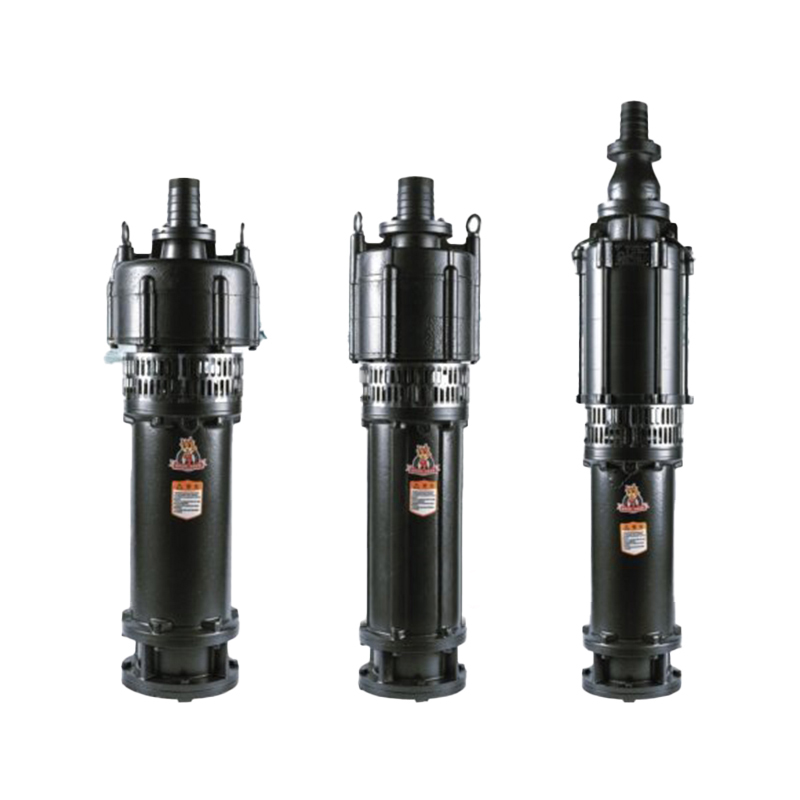QD High-Head Multi-Stage Submersible Pump for Water Management
The High-Head Multi-Stage Submersible Pump is an advanced solution eng...

Submersible pumps are widely used in deep well applications to efficiently lift water from underground sources to the surface. Unlike surface pumps, which require a suction pipe, submersible pumps are designed to operate underwater, making them ideal for deep wells, where traditional methods might fail to provide adequate pressure.
Design and Functionality of Submersible Pumps
Submersible pumps are constructed to operate while fully submerged in water. The pump casing is sealed tightly to prevent water from entering the motor, ensuring longevity even in harsh conditions. The motor is located at the base of the pump, and the pump itself is designed to push water to the surface by creating pressure. This design makes submersible pumps ideal for deep wells, as they are capable of lifting water from greater depths than surface pumps. Submersible Pump Factories typically design these pumps with robust materials, such as stainless steel or corrosion-resistant alloys, to withstand the pressures and environmental conditions found in deep well applications.
The pump's impeller, which is the component responsible for moving water, is strategically placed to allow for maximum flow while minimizing energy consumption. The motor is typically placed in a hermetically sealed unit to protect it from moisture, ensuring that the pump remains operational for extended periods in challenging environments.
Performance in Deep Wells
Submersible pumps are especially useful in deep wells because they don't rely on suction to draw water up. Instead, they use pressure to push water to the surface, making them highly effective for wells that extend hundreds of feet deep. Submersible Pump Factories engineer these pumps to handle high pressures, ensuring they can operate effectively even in wells with significant water depths.
The performance of submersible pumps in deep wells is influenced by several factors, including the depth of the well, water temperature, and the volume of water required. Submersible pumps are rated for specific flow rates and pressures, which means choosing the right pump for the depth and capacity of the well is crucial. In deep wells, the pump must have enough pressure to push water to the surface without overloading the motor. Pumps are usually selected based on the required head (the vertical distance the water must be lifted) and the flow rate necessary for the intended application.
Energy Efficiency
Submersible pumps are generally more energy-efficient than surface pumps in deep well applications. Since the pump is submerged and operates at the source of the water, it eliminates the need for suction and reduces the likelihood of cavitation (a process where bubbles form in the water and damage the pump). This leads to more consistent performance and reduced energy consumption. Moreover, Submersible Pump Factories often design these pumps with advanced motors and seals that help improve energy efficiency and reduce wear, which ultimately extends the lifespan of the pump.
Maintenance and Longevity
Regular maintenance is essential for maintaining the performance of submersible pumps in deep wells. While submersible pumps are designed to be durable, factors like sand, debris, or corrosive substances in the water can impact their longevity. Submersible Pump Factories provide guidelines for maintaining these pumps, including checking the motor seals, inspecting the impellers for damage, and ensuring that the electrical components are in good working condition.
It's also essential to ensure that the pump is not overworked by exceeding its flow rate or pressure ratings. Overuse can cause the motor to overheat or lead to premature wear. Proper installation and regular inspections can significantly reduce the need for costly repairs or replacements.